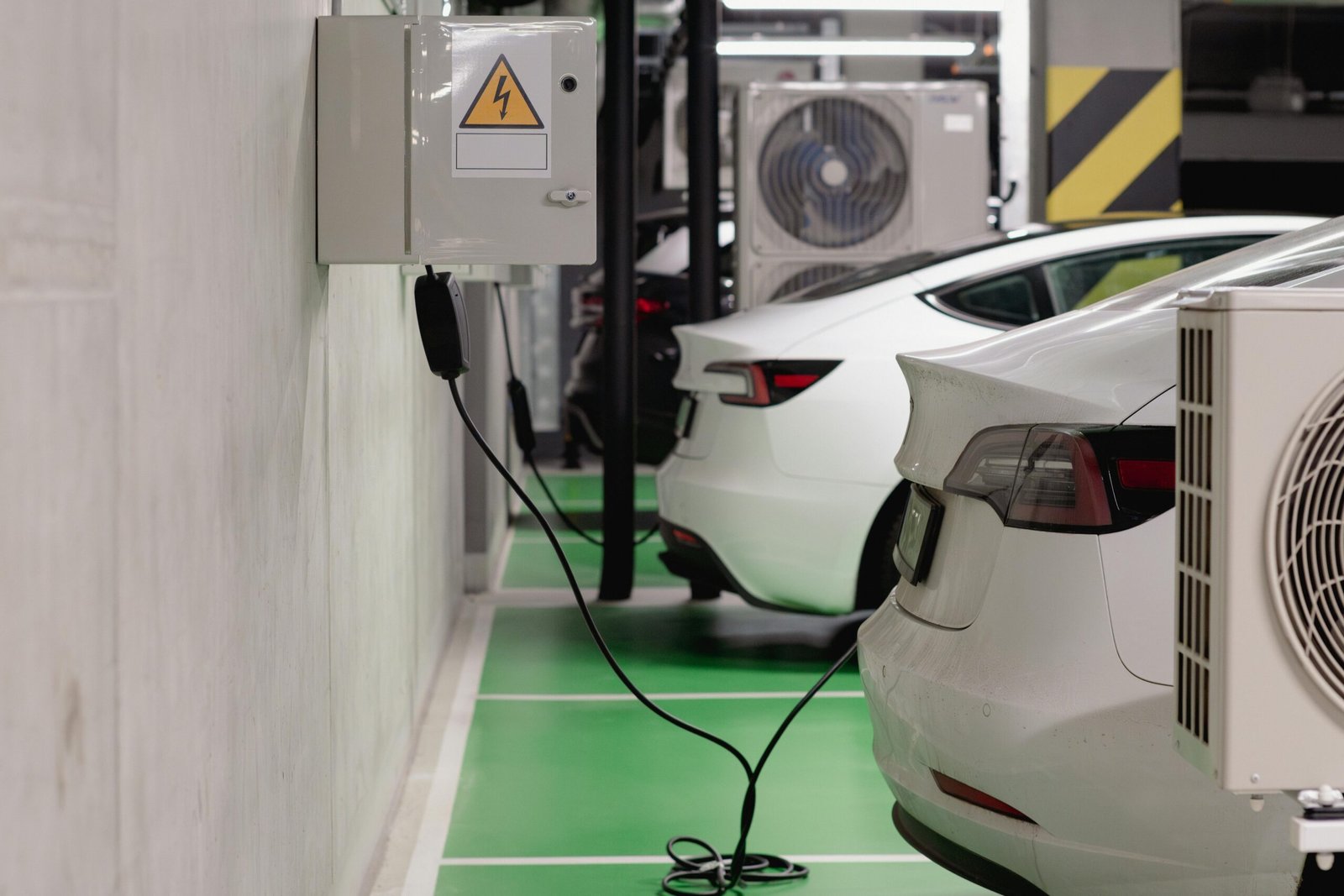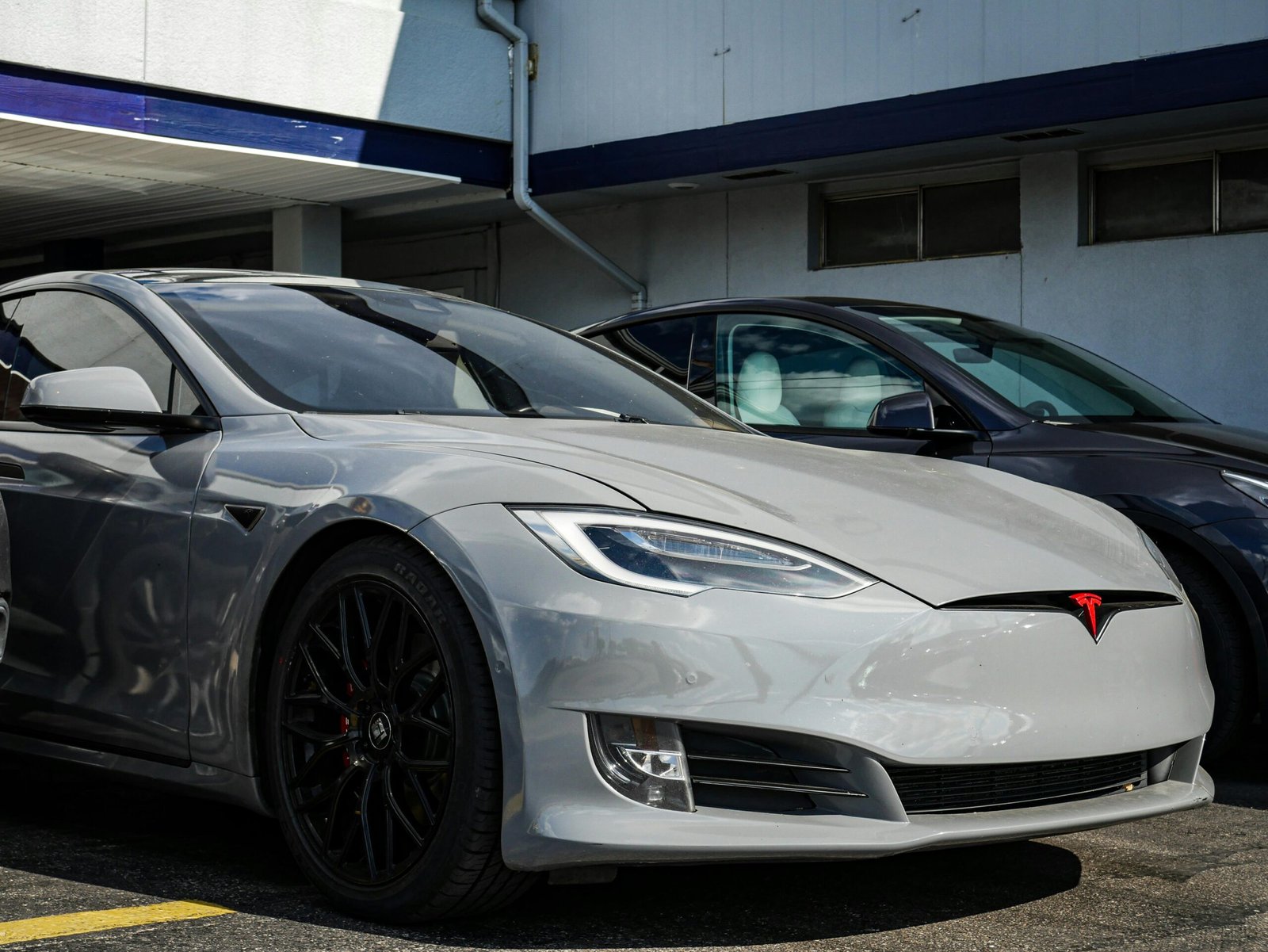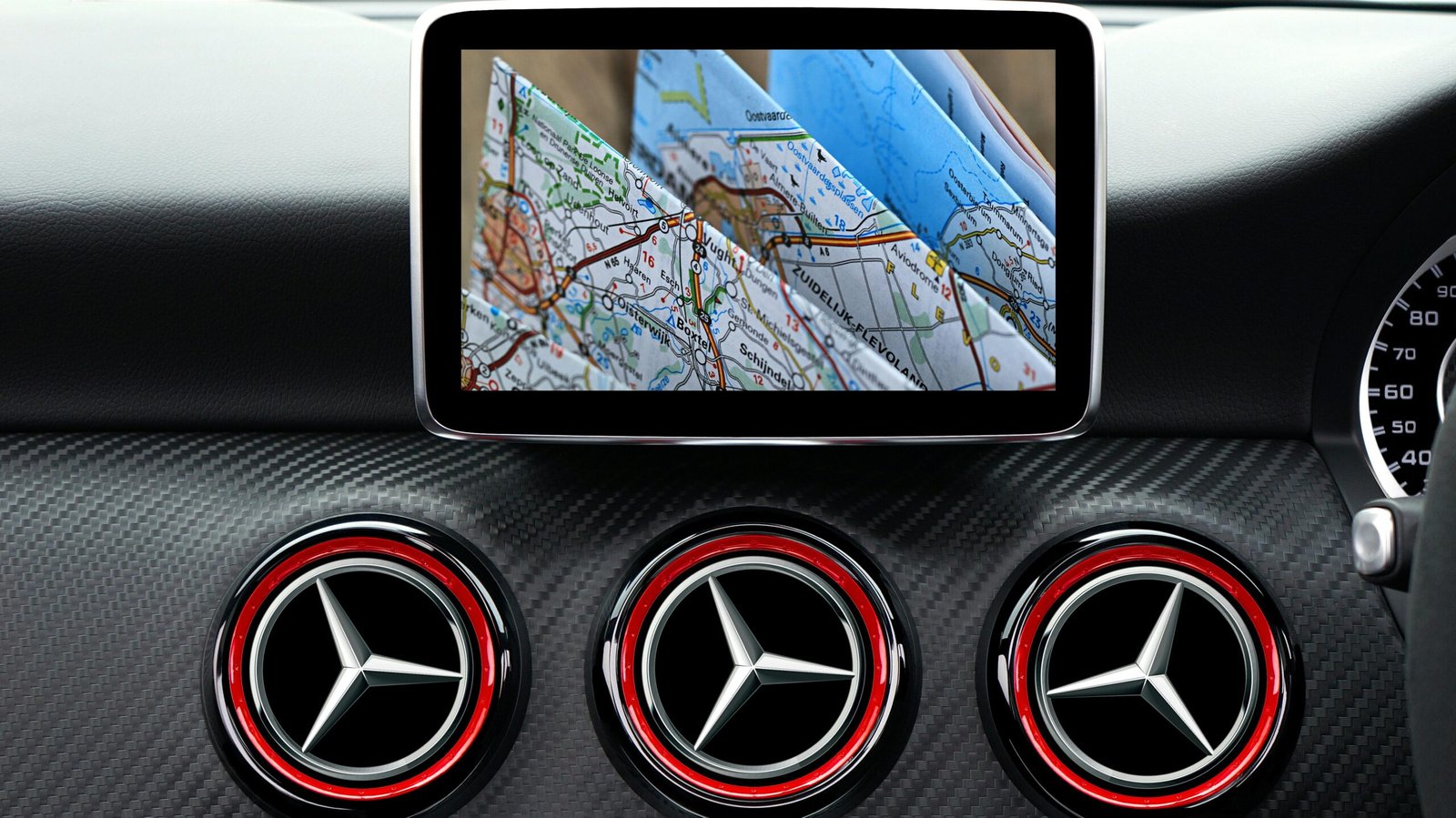As electric vehicles (EVs) continue to grow in popularity, the convenience of charging is a top concern for many potential and current EV owners. Finding reliable charging stations and managing the cost of charging your electric car can be overwhelming, but with a little preparation and knowledge, you can maximize convenience and minimize expenses.
In this guide, we’ll explore how to find EV charging stations and provide tips to help you save on charging costs, so you can make the most of your electric vehicle ownership.
1. How to Find EV Charging Stations
Finding charging stations for your electric vehicle is easier than ever, thanks to various apps, websites, and networks that provide real-time information. Whether you’re looking for a station near your home, on your commute, or on a road trip, there are plenty of tools to help you locate the best charging spots.
Use Charging Station Apps
- PlugShare: One of the most popular apps for locating charging stations, PlugShare offers a map of public charging locations, user reviews, and real-time availability updates. It includes both level 2 chargers and DC fast chargers.
- ChargePoint: ChargePoint offers a comprehensive network of charging stations, and their app shows nearby locations and allows you to track your charging status.
- Google Maps: Google has integrated EV charging stations into its maps feature, so you can easily search for stations along your route or near specific locations.
- Tesla Supercharger Network: For Tesla owners, the Tesla app will guide you to Tesla Supercharger stations, ensuring that you can get your car charged quickly.
Factors to Consider When Choosing a Charging Station:
- Location: Look for stations near your home, work, or places you frequent to reduce inconvenience. Some apps allow you to filter search results by location, charger type, and availability.
- Charging Speed: Charging stations offer different speeds: Level 1 (standard household outlets), Level 2 (faster), and DC fast chargers (quickest for long-distance trips). Choose according to your needs.
- Availability: Some stations may be in use, so check real-time availability when possible. Many apps provide live updates to help you avoid wasted time.
Tip: Plan your routes ahead of time for longer trips, ensuring you know where charging stations are located, especially on highways or remote areas where stations may be sparse.
2. Understanding EV Charging Costs
Charging costs can vary significantly depending on where you charge and the type of charger used. Understanding how much charging your electric car will cost helps you manage your budget effectively.
Home Charging vs. Public Charging
- Home Charging: Charging at home is usually the most affordable option. If you have a Level 2 charger installed, the cost will depend on your local electricity rates. On average, the cost to charge an EV at home is around $0.12–$0.15 per kWh (kilowatt-hour).
- Public Charging: Public charging stations tend to be more expensive than home charging. Charging stations may have different pricing models, including:
- Per kWh: Many public charging stations charge per kilowatt-hour of electricity used. This is the most straightforward pricing model.
- Per Minute: Some stations charge by the minute, especially for fast chargers. The cost per minute varies based on the charging speed.
- Subscription or Membership Fees: Some networks, like ChargePoint, require a membership or offer subscription plans with lower rates.
Cost of Charging with Different Chargers
- Level 1 Chargers: These are usually standard household outlets, and the cost of charging here is usually the same as your home electricity rate. However, it takes longer to charge with Level 1 chargers.
- Level 2 Chargers: These are faster and often found in public places. The cost is higher than Level 1 but still typically lower than fast charging. It can range from $0.20 to $0.60 per kWh.
- DC Fast Chargers: These are the most expensive but also the quickest. Prices can range from $0.30 to $1.00 per kWh, depending on the provider and location.
Tip: Before heading to a public charging station, check the cost on apps or websites to ensure it aligns with your budget. Compare the cost per minute vs. per kWh to make the best decision for your charging needs.
3. Ways to Save on EV Charging Costs
While charging your electric car may seem straightforward, there are several strategies to help you reduce your overall charging expenses.
Take Advantage of Time-of-Use Pricing
Many utility providers offer time-of-use (TOU) pricing, where electricity is cheaper during certain times of the day, such as at night. If you charge your EV overnight during off-peak hours, you can save a considerable amount of money.
- Check with your utility provider: Ask if they offer TOU pricing for EV owners.
- Charge during off-peak hours: Many people charge their EVs overnight or during the weekend when electricity rates are lower.
Tip: Set your EV to start charging automatically at a specific time to take advantage of lower electricity rates, especially at night.
Use Public Charging Stations Wisely
Public charging stations can be more expensive, so it’s important to know when to use them. Here are a few tips:
- Use Level 2 chargers: These are usually more cost-effective than DC fast chargers for longer charging sessions.
- Avoid using fast chargers for long-term charging: While fast chargers are convenient, they come with higher rates. Only use them for quick top-ups during long trips.
- Look for free charging stations: Some businesses, hotels, or malls offer free EV charging as a perk for customers.
Use Charging Networks with Membership Benefits
Some charging networks, like ChargePoint or EVgo, offer membership programs that provide discounts and lower rates for frequent users. If you’re often charging in public, it may be worth signing up for these services to save money in the long run.
Tip: Compare the membership options of various charging networks to see which offers the best deals for your charging habits.
4. The Future of EV Charging: More Convenient and Cost-Effective
As the demand for electric vehicles continues to grow, so will the charging infrastructure. In 2025 and beyond, you can expect even more accessible and affordable charging options, including:
- Faster Charging: New technology will lead to faster charging times, reducing wait times at public stations.
- More Charging Locations: As EV adoption increases, more businesses and public spaces will install charging stations, making it easier to charge on the go.
- Improved Charging Networks: Expect more cohesive and unified networks, making it easier to find, use, and pay for charging services.
Tip: Keep an eye out for new charging developments and features that may make charging your EV even more convenient and cost-effective in the future.
Conclusion: Efficient Charging for Your Electric Vehicle
Charging your electric car doesn’t have to be complicated or expensive. By using apps to locate stations, taking advantage of time-of-use pricing, and choosing the right charging stations, you can easily save money and ensure your vehicle is always ready to go. As the infrastructure for EV charging continues to grow, you can expect even more options for cost-effective and convenient charging.
With a little planning, charging your electric vehicle can be a seamless and affordable part of your routine.
5 Unique FAQs
- How much does it cost to charge an electric car at home?
Charging an EV at home typically costs around $0.12–$0.15 per kWh, which can vary based on local electricity rates. - Are public charging stations more expensive than home charging?
Yes, public charging stations usually charge more than home charging, especially for fast chargers, which can be up to $1.00 per kWh. - Can I charge my EV for free?
Some businesses, malls, and public spaces offer free charging as a perk, but this is not always guaranteed. Use apps to check for free stations in your area. - What is time-of-use pricing, and how can I use it to save money?
Time-of-use pricing means electricity costs vary depending on the time of day. Charging during off-peak hours, like at night, can save you money. - How long does it take to charge an EV at a public fast charger?
Fast chargers can charge an EV up to 80% in about 30 minutes, depending on the vehicle and charger type. However, they are more expensive than Level 2 chargers.




